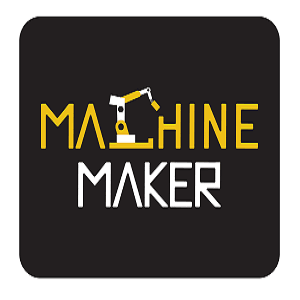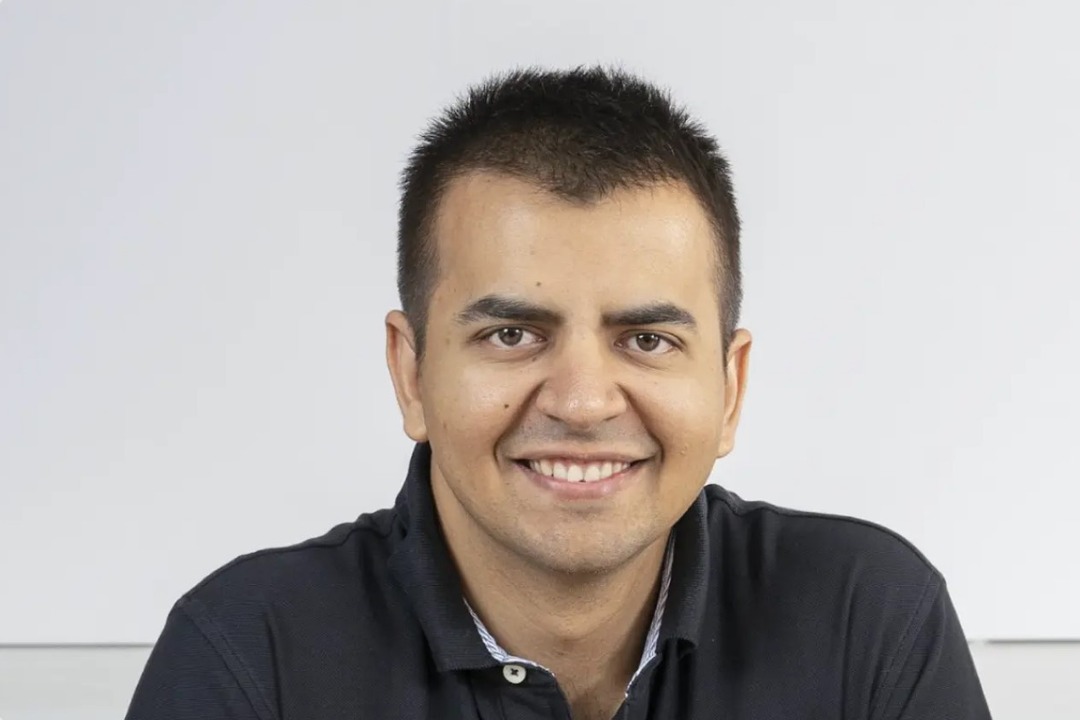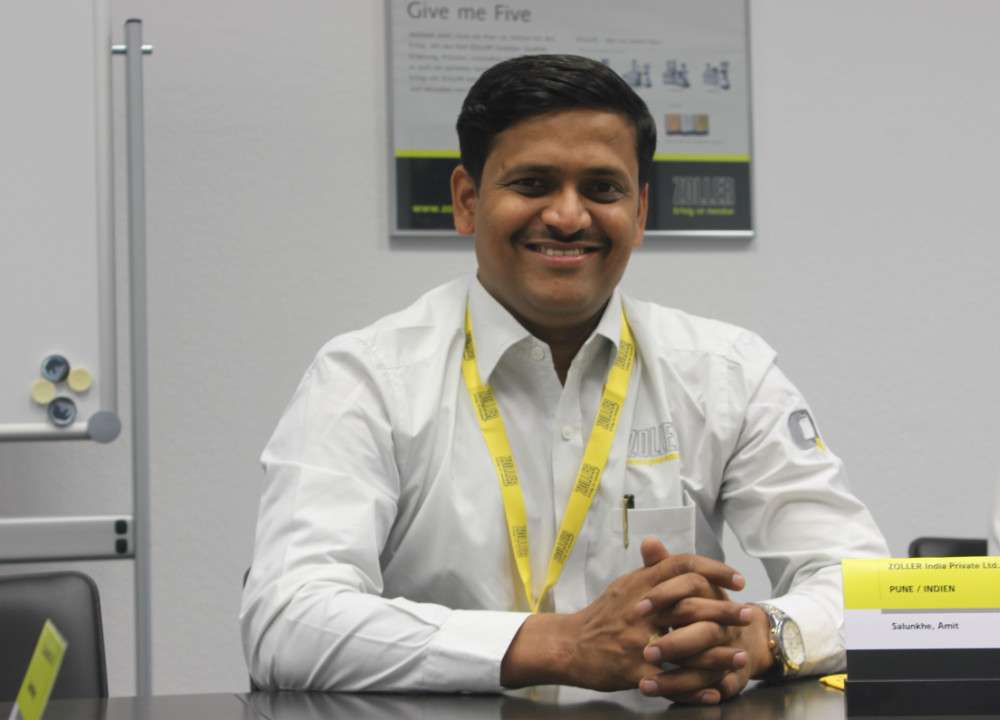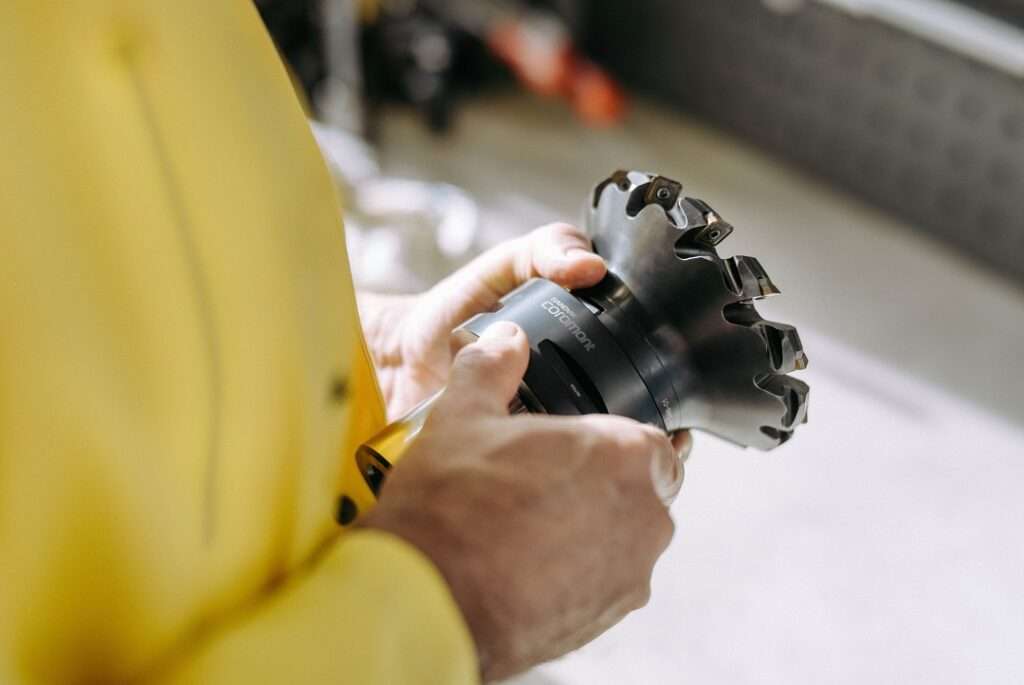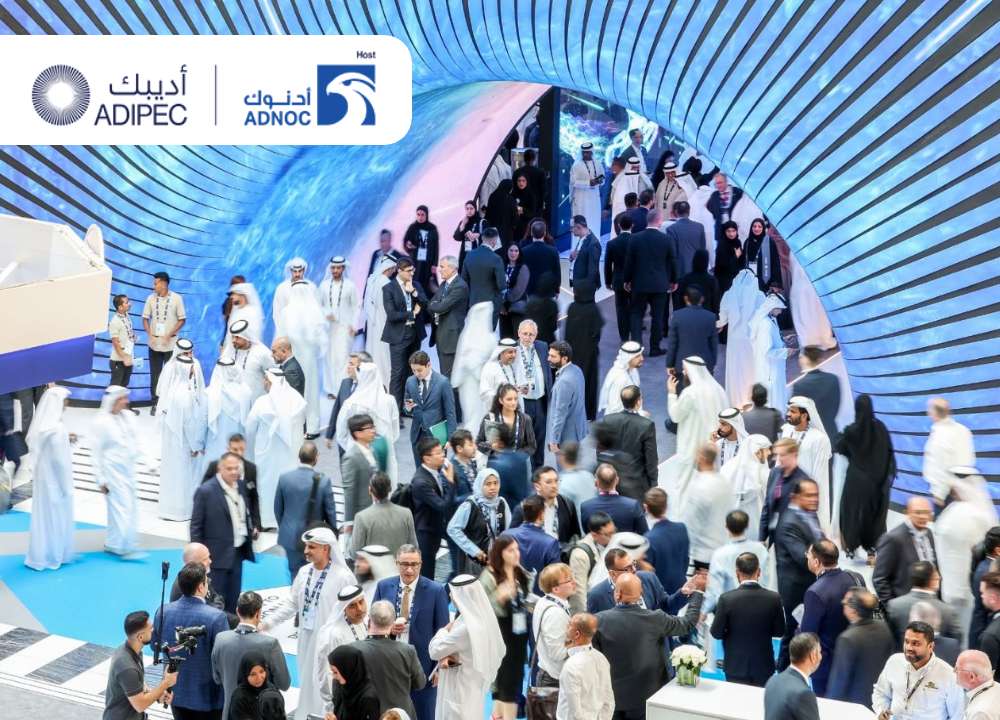Ola Electric is advancing its vision of a self-reliant India in the electric mobility space with the announcement of its Gen 3 technology platform. This includes the launch of the indigenously developed Bharat Cell 4680, a new Ferrite Motor technology as an alternative to rare earth magnets, and the latest version of its in-house vehicle software, MoveOS6.
At the company’s flagship event Sankalp, themed ‘India Inside’, founder and CEO Bhavish Aggarwal shared Ola’s roadmap toward creating cutting-edge, homegrown electric vehicle technologies. He highlighted the company’s ambition to become the global leader in electric two-wheelers while reducing reliance on imported materials and components.
“The world is facing a complex geopolitical scenario. Tariffs and supply chain issues are pushing us to build the best products here, in India. That’s our belief behind ‘India Inside’ — building a strong, self-sufficient India in the EV space,” Mr Aggarwal told a gathering of employees and engineers at the Krishnagiri factory.
The newly developed Bharat Cell 4680 battery was showcased as a cornerstone of the Gen 3 initiative. Designed and built entirely in India, it offers fast charging, extended lifecycle, improved safety, and a more efficient production cost.
Rajesh Mekkat, Head of R&D at Ola, introduced the company’s breakthrough in battery technology, highlighting the remarkable capabilities of the newly developed Bharat Cell. The cell is engineered to last over 15 years, offering significantly extended battery life compared to existing solutions. Beyond durability, it provides five times the energy capacity of conventional EV batteries, setting a new benchmark for performance in the industry.
One of the standout features of the Bharat Cell is its ultra-fast charging capability. Mekkat emphasized that the cell can reach 80% charge in just 15 minutes, a milestone that surpasses current EV offerings, which often take half an hour to achieve only 50% charge. This advancement positions Ola at the forefront of energy efficiency and convenience for electric vehicle users.
The rollout of the Bharat Cell will be carried out gradually across Ola’s entire product lineup. As a demonstration of its readiness for commercialization, Ola unveiled the new Ola Pro Sport scooter, which is the first model to integrate this next-generation battery technology. The scooter serves as a tangible example of how the Bharat Cell can enhance both performance and user experience.
Alongside innovations in battery systems, Ola is addressing another critical challenge in the EV industry—the reliance on rare earth magnets for electric motors. The company has revealed its in-house development of Ferrite Motor technology, which leverages locally available materials. This innovation is aimed at reducing dependence on imports from a limited number of countries that dominate the rare earth supply chain.
Samraj Dhinakar, Head of Vehicle Engineering, described the Ferrite Motor as a major leap forward in EV drivetrain design. According to him, the technology represents not only a sustainable alternative but also a future standard for Ola’s vehicles. The company expects to begin rolling out models equipped with the Ferrite Motor in the third quarter of the current financial year.
On the software side, Ola continues to push boundaries with MoveOS6, the newest version of its proprietary electric vehicle software platform. This upgrade introduces real-time battery optimization tips, a voice-enabled assistant, collision alerts, and blind spot detection. Notably, it also supports 11 Indian languages, making it more inclusive and user-friendly. Anirbhan Das, Head of Software Engineering, confirmed that the update will be available to both new and existing Ola customers starting January 2026.
Finally, Ola offered a glimpse into the future of high-performance electric mobility with the unveiling of its Diamond Head motorcycle prototype. Described by CEO Bhavish Aggarwal as the “future of electric two-wheelers,” the bike is designed to accelerate from 0 to 100 km/h in just two seconds and will feature remote summon capabilities alongside a cutting-edge design. Ola is targeting a launch in mid-2027 with a price under ₹5 lakh. Aggarwal noted, “With Diamond Head, we want to redefine what’s possible in performance biking. This will be more than a ride—it will be an experience.”
Ola’s Gen 3 initiative is part of a broader push to localize every major component of the EV ecosystem—from battery cells to software, from motors to vehicle platforms. The company’s efforts are aligned with India’s goal of becoming a global hub for clean and self-sustaining mobility solutions.
Ola Electric is India’s largest electric vehicle manufacturer, focused on end-to-end development of electric mobility solutions. Its Futurefactory in Tamil Nadu is one of the country’s largest EV production hubs, while the Battery Innovation Centre in Bengaluru leads advanced battery cell R&D. Ola’s innovation teams span across India, the UK, and the US, driving development of core EV technologies. With over 4,000 retail stores and a robust digital platform, the company operates India’s most extensive EV distribution network under a fully-owned retail model.

